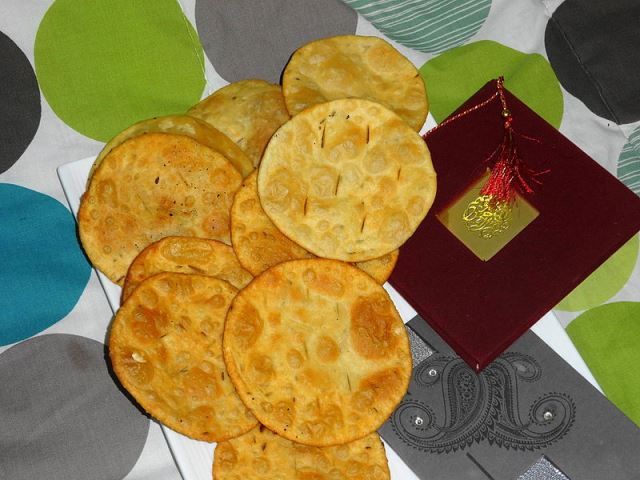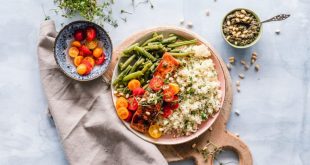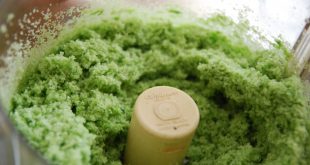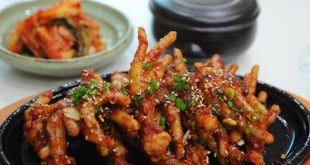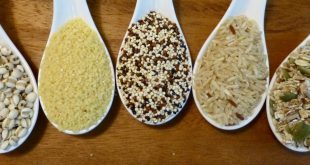Although America has become an epicenter for cultural food, not all cuisines have made it into the fast food market, meaning you can’t necessarily grab a quick snack that isn’t based on burgers or tacos. Sure, the items on these menus are often only one dollar, such as the ever-popular Taco Supreme, but is it really worth saving a bit of money?
Let’s be honest – health isn’t something to overlook. And the reason so many cultural dishes catch on in America is because they’re delicious, and well worth the time and effort.
However, it can be inconvenient to be on the hunt for a quick snack that needs hours of preparation. We’ve curated a few recipes that don’t take as long as a full-on dinner entrée would, but still produce delicious dishes to snack on. Take a look –
Vegetable Samosas
We’ve chosen a vegetable-based recipe, but it can always be altered to include a meat if desired.
Although a staple in Indian cuisine, the samosa actually originated in Central Asia. Quite often these snacks are deep-fried, and while we definitely aren’t opposed to that approach, we’ve chosen to bake ours for a slightly healthier approach.
Keep in mind that fillings can be tailored to fit your personal preferences! But here’s a basic recipe:
Ingredients:
- 1 sheet puff pastry
- 1 cup peeled and cubed potatoes
- 1 diced onion
- ¼ cup peas
- ¼ cup diced carrots
- Salt, garam masala, curry powder to taste
- 2 tbs canola oil
Instructions:
With the sheet of puff pastry at room temperature, set the oven to heat at 400 degrees. Boil the cubed potatoes for about 10-15 minutes, until tender. Heat the oil in a skillet and then add onions, cooking until they’re softened. Add the peas, carrots, and spices. When the potatoes are finished, drain and then add to the other vegetables. Cook for 3-5 minutes.
With the pastry puff unfolded on a lightly floured surface, cut out equal rectangles. Each rectangle should be filled with about one spoon full of filling. Use a bit of water to wet one long edge and one short edge of the rectangle. Fold the other two edges over and seal to create a triangle.
When you’ve filled and folded all samosas, bake for 15-20 minutes in the oven until they reach a golden-brown color. You can freeze them and re-heat them in the oven at a later date!
Lassi
Lassi is a wonderful Indian drink made of yogurt and spices. It’s a blessing on a hot day, and there are so many variations of it that you’re bound to find one you like: mango, spicy, mint, even chocolate!
The great thing about lassi is that it provides a strong source of calcium while also helping with digestion, so consider it the perfect after-dinner drink. Here’s a short and sweet recipe for a basic lassi:
Ingredients:
- 2 cups of chilled yogurt
- 1 cup water
- 1 cup milk
- 1 tsp cardamom
- 10 tbs sugar
- Sliced fruit if desired (mango, berries, etc)
Instructions:
If you’re using whole cardamom seeds, remove the husk and grind them to a powder. In a large bowl, whisk the yogurt until smooth. Add the sugar, and mix until fully incorporated. Slowly add the water and milk until it reaches the desired consistency (this is entirely up to you – do you like your lassi thick or thin?).
Whisk or blend until the top of the mixture is a bit frothy. At this point, add the cardamom and any fruit, mixing well.
Let chill in a refrigerator and serve cold.
Indian food in America: A short history
To tie up this post, we want to give you a short history of Indian cuisine in America and why it is so well-loved today.
Like Chinese food, Indian dishes are often filling and satisfying; but unlike commercial Chinese food, they don’t leave you with an MSG headache or an empty stomach half an hour later.
India is such a diverse country that there are thousands of variations of dishes out there, and simply experiencing an Indian restaurant is just exposing you to the basics. In the early 1900s a few American publications were talking about the growing fascination with Indian cuisine, but it wasn’t yet a strong contender in the food industry.
The discussion has been brought up many times – why isn’t Indian food catching on the same way that Italian, Chinese, and Japanese food has? While it hasn’t yet been boiled down to franchise and fast food standards, perhaps that’s where Indian cuisine is best left. After all, trying to simplify the flavors of these incredible dishes could only do harm.
As of 2017 Indian cuisine was projected to be an up-and-coming trend, especially as the population of immigrants grows. In 2010 there were only about 2.5 million Indians in America; in 2017, that number went up to just over 4 million. As the population is one of the fastest growing in the country, we’re bound to see their culinary corner expand – and that can only be good news for us!
 World inside pictures Collect and share the best ideas that make our life easier
World inside pictures Collect and share the best ideas that make our life easier
